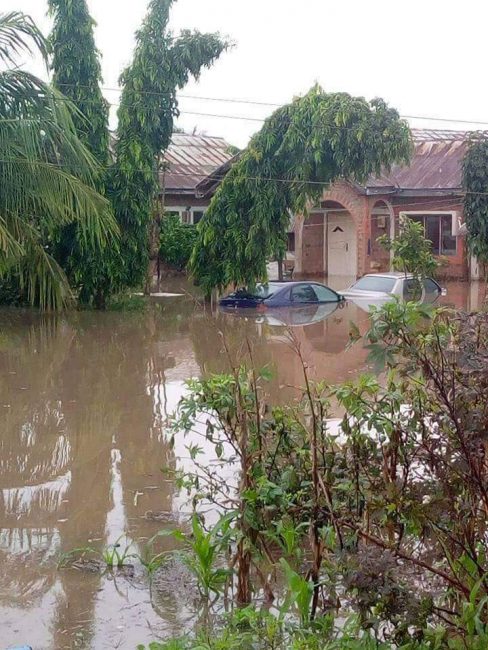The Nigerian Meteorological Agency (NiMet) says the mixture of harmattan and heat presently being experienced over the central part of Nigeria can lead to early rainfall in the region in 2018.

Prof. Sani Mashi, the Director-General of NiMet, made this known in an interview with the News Agency of Nigeria (NAN) in Abuja on Sunday, January 28, 2018.
He explained that the oscillation of Inter Tropical Divide (ITD) within the central region resulting from the meeting of south-westerly and north-easterly air masses would lead to early rains.
Mashi explained that ITD is the point where the South-westerly air mass and north-easterly air mass meet.
According to him, wherever the two major air masses meet will have rain.
“The harmattan period is already becoming shorter because the south westerly air mass is already overpowering north easterly air mass over central northern Nigeria.
“So, the implication of this is that we are likely to have early commencement of rain within central northern Nigeria,’’ he said.
The NiMet boss also said that the rainfall around the central states in December was not unusual, explaining that the same concentration of ITD within the region was responsible.
NAN recalls that there was rainfall in mid-December, 2017, a situation that had not occur for some years.
He said that the ITD had been oscillating going up and down within the central part of the country from November to December and even early part of January.
Mashi added that instead of the ITD to be progressing either moving down south or moving completely down north, it had continued to oscillate going up and down within the region.
“The implication of this is that over the central part of northern Nigeria for most part of November and December because of that oscillation, you have two conditions that were interchanging.
“The dry condition that is coming because of the air mass that is coming with the dry air and then the moist air that is coming from the southern region.
“Because of these two conditions you have the heavy air mass that is dry and the heavy air mass that is moist.
“Because of that, condition was created within the central northern Nigeria with condensation which means, moist condition coming to become condensed into cloud leading to the formation of rains.
“Because of that, you have some isolated cases of rainfall events in the central northern part of Nigeria.
“For instance, within Abuja, there was rain towards the third week of December and like I said, those events were recorded mainly within the central northern part of Nigeria and because this oscillation of ITD,’’ he said.
By Sumaila Ogbaje
